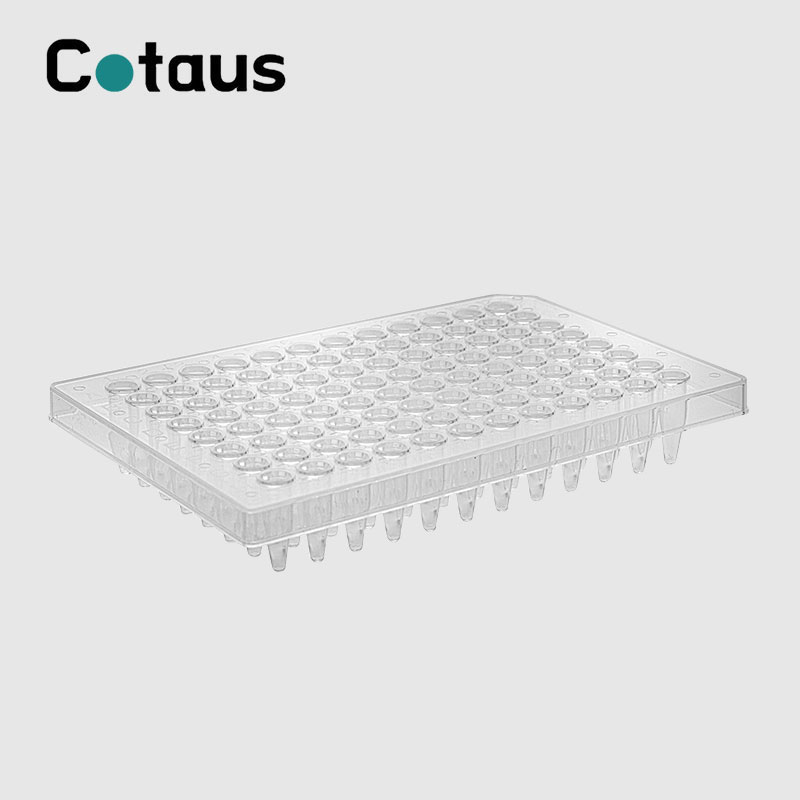Choosing the Right Transparent Half-Skirt PCR Plates: Key Considerations for Your Research
2024-03-22
In the realm of molecular biology research, selecting the right laboratory equipment is crucial for obtaining accurate and reliable results. Transparent half-skirt PCR plates have emerged as a popular choice for PCR (Polymerase Chain Reaction) experiments due to their innovative design and versatility. However, with a multitude of options available on the market, it's essential to consider several key factors when selecting transparent half-skirt PCR plates for specific applications. In this blog, we'll explore these critical considerations to help you make informed decisions for your research needs.
1. Plate Compatibility with PCR Instruments:
One of the primary factors to consider when selecting transparent half-skirt PCR plates is their compatibility with your PCR instrument. Different instruments may have specific requirements regarding plate dimensions, well format, and sealing mechanisms. Ensure that the PCR plates you choose are compatible with your instrument to avoid compatibility issues and ensure optimal performance.
2. Well Format and Capacity:
Transparent half-skirt PCR plates are available in various well formats, including 96-well, 384-well, and 1536-well configurations. The choice of well format depends on the scale of your experiments and the throughput required. Consider the number of samples you need to process simultaneously and choose a plate format that best suits your experimental needs.
3. Skirt Height and Transparency:
The design of the transparent half-skirt PCR plates includes a transparent skirt that extends halfway down the height of the plate. Consider the height and transparency of the skirt, as these factors can affect sample visibility, sealing efficiency, and compatibility with automated liquid handling systems. Opt for plates with a skirt height that allows for easy sample manipulation and provides clear visibility of the sample wells.
4. Material Quality and Purity:
The quality and purity of the materials used in the manufacturing of transparent half-skirt PCR plates are crucial for ensuring reliable results and minimizing sample contamination. Choose plates made from high-quality, medical-grade polymers that are free from contaminants and impurities. Additionally, consider any surface treatments or coatings applied to the plates to enhance sample integrity and minimize sample loss.
5. Thermal Stability and Cycling Efficiency:
Transparent half-skirt PCR plates should exhibit excellent thermal stability and efficient heat transfer to ensure uniform amplification of DNA targets during PCR cycling. Look for plates that are designed to withstand the thermal cycling conditions required for PCR without warping, deformation, or degradation. Plates with thermal conductive additives or reinforced designs may offer superior thermal stability and cycling efficiency.
6. Sealing Compatibility and Integrity:
Proper sealing of PCR plates is essential for preventing sample evaporation, minimizing contamination, and ensuring reliable PCR results. Consider the compatibility of the transparent half-skirt PCR plates with various sealing options, such as adhesive films, thermal seals, or cap strips. Choose plates that provide a secure and uniform seal across all wells to maintain sample integrity throughout the PCR process.
7. Cost-Effectiveness and Budget Constraints:
Finally, consider the cost-effectiveness of transparent half-skirt PCR plates relative to your research budget. While quality should always be a priority, it's essential to balance performance with affordability. Compare prices from different suppliers and evaluate the overall value offered by each option, taking into account factors such as plate quality, compatibility, and bulk purchasing discounts.
Conclusion:
Selecting the right transparent half-skirt PCR plates for your specific applications requires careful consideration of several key factors, including plate compatibility, well format, skirt design, material quality, thermal stability, sealing compatibility, and cost-effectiveness. By taking these factors into account, you can choose PCR plates that meet your research needs, ensure reliable experimental results, and drive scientific discovery forward. Whether you're performing basic research, diagnostic testing, or high-throughput screening, the right transparent half-skirt PCR plates are essential for success in the laboratory.



